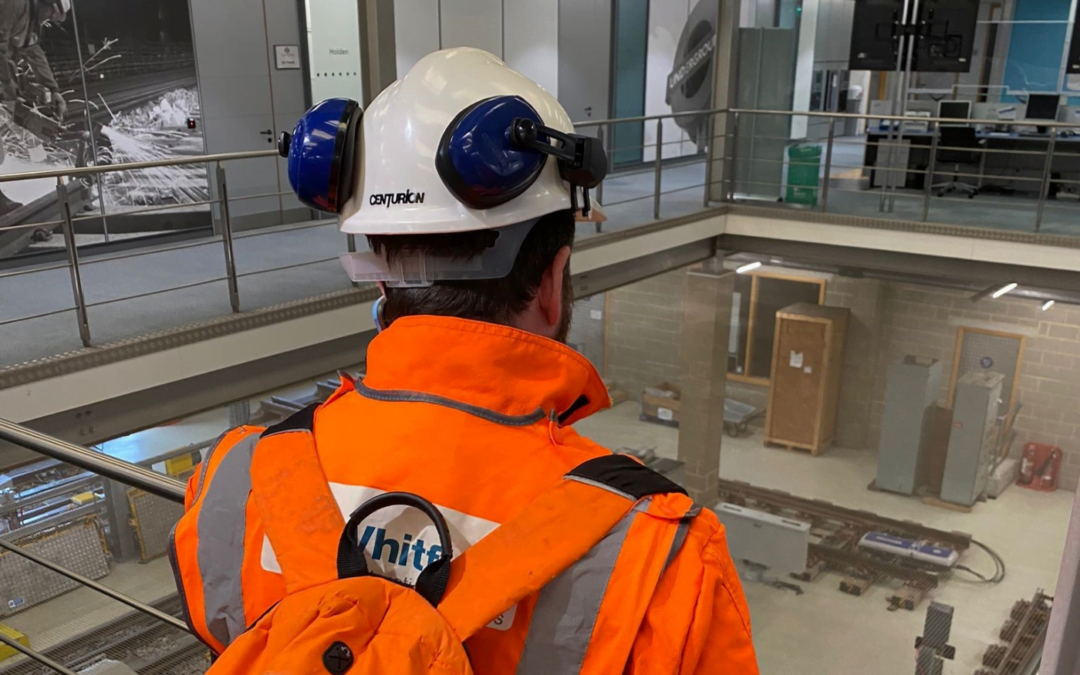For a thriving engineering practice there are always current projects to work on, but it’s also important to look ahead, to keep up to speed in an ever-changing world. For example, the fact that we’re comfortable working with all the latest software design packages means we can support our clients in the way they prefer to work, making their lives easier and ensuring projects run smoothly. We keep our safety training up to date, so we are ready to work wherever our clients need us. In the last few years, we’ve grown the team to over 40 personnel across two offices by ensuring we stay current; here, two of the engineers at Whitfield Consulting Services (WCS), offer some thoughts about the importance of staying up to date with developments in engineering and design.
CPD helps us flex our engineering muscles
Dr Natalja Petkune is Principal Structural Engineer at WCS, but also has responsibility for overseeing our internal CPD – (continuing professional development) programme.
“There are lots of reasons to stay current with developments and keep building your skills. It’s always good to broaden knowledge and the range of tasks you can tackle. And the whole idea of engineering is figuring out the best way of overcoming a technical challenge. If you are always learning about technical problems and new solutions, it’s like working the engineering muscles – it keeps you in shape.

“There can also be very immediate, practical reasons for staying current with up to date competencies. At WCS for example, we do a lot of work for clients in the rail sector. In order to attend rail sites, I, and many others here, have to complete Personal Track Safety (PTS) training. And, of course, this must be kept updated.
“Most of the engineers here have a chartered status or are working towards one. This could be with the Institution of Civil Engineers (ICE) or the Institution of Structural Engineers (IStructE), but both organisations have formal requirements when it comes to CPD, so we’re careful to record all CPD hours – it’s never just ad hoc and informal.
“Not all of the training is technical; it might be about soft skills or legal requirements, for example. You have to keep on top of what materials and solutions you can specify, and also what forms you need to submit at different stages of various processes.
“I will always keep an eye out for things that might be a useful CPD topic from external companies or organisations, but ideas can come from anyone on the team here. We have arranged several internal lunch sessions where my colleagues shared their lessons learnt working on specific projects, using particular software or site methodology. We also take it in turns during our weekly meetings to prepare ‘safety moments’ where one of the engineers shares some safety related points for site visits or design. These can be either arising from an incident in the industry, from their personal experience, or a situation where they decided to research something for themselves, and explains to the team what they’ve learnt.”
Always working to improve our CAD capabilities
David Crumley is CAD and BIM Manager at WCS.
“Most importantly for me, the culture of the organisation is about curiosity, and a willingness to give time to that curiosity, and then about sharing new knowledge with the whole team and, of course, our clients. This ensures we stay ahead of the game in our CAD offering, and give our clients an ever-improving service.
”CAD and BIM are about creating digital representations of places, structures, or other such infrastructure. We’re a design engineering firm, not a constructor, so CAD tools are fundamental to what we do. I oversee 14 CAD technicians, which is around a third of the whole team here. But many of the other engineers use the tools, even if not all day long, so my role includes supporting them.
“There are numerous CAD software packages out there, and of course they’re all being updated regularly. What’s also true is that they each have their different strengths and weaknesses, and each has its own benefits and uses. A package called MicroStation is used a lot, but if a job is more structural, Revit may be a better tool, so we have to keep up with a number of options, not just pick one and stick with it.
“These are complicated packages and no-one uses 100% of them, so we’re always learning. In the ‘old’ days, this would mean ordering courses on DVD. Now, I recommend LinkedIn Learning as a great resource for staying current.
“We’re always looking to improve the way we use these packages; even seemingly small details can really change the workflow. In CAD, we use Setting Out Points (SOPs); they’re digital markers on the software representation to indicate precisely where some civils element needs to be placed. Sometimes you have to export them out of the package, for example to pass them along to a partner, and there’s an easy way you can just click and export to Excel. But this introduces a risk of human error; an engineer could change an SOP and not update it back to the software.
“In response to this, and demonstrating our culture of curiosity, our colleague Tomasz Jastrzab investigated an alternative solution. Thanks to this research, we can now make the points intelligent, so they self-populate to a table. We’ve now implemented this improvement company-wide for a much more robust workflow.”
To find out more about Whitfield Consulting Services, please visit our contact page.
